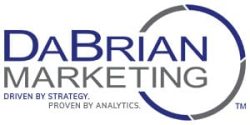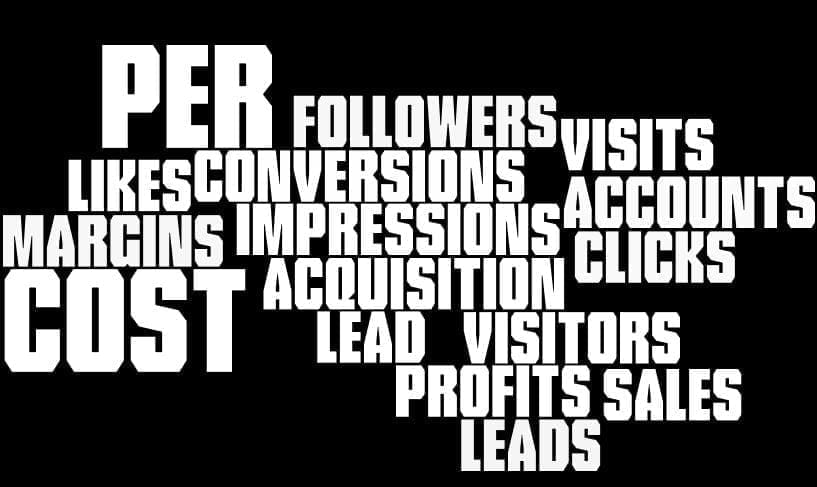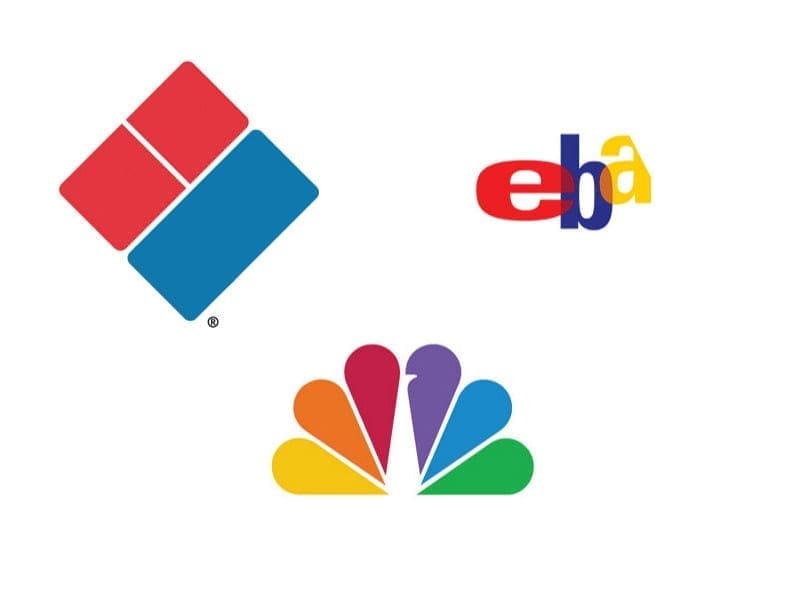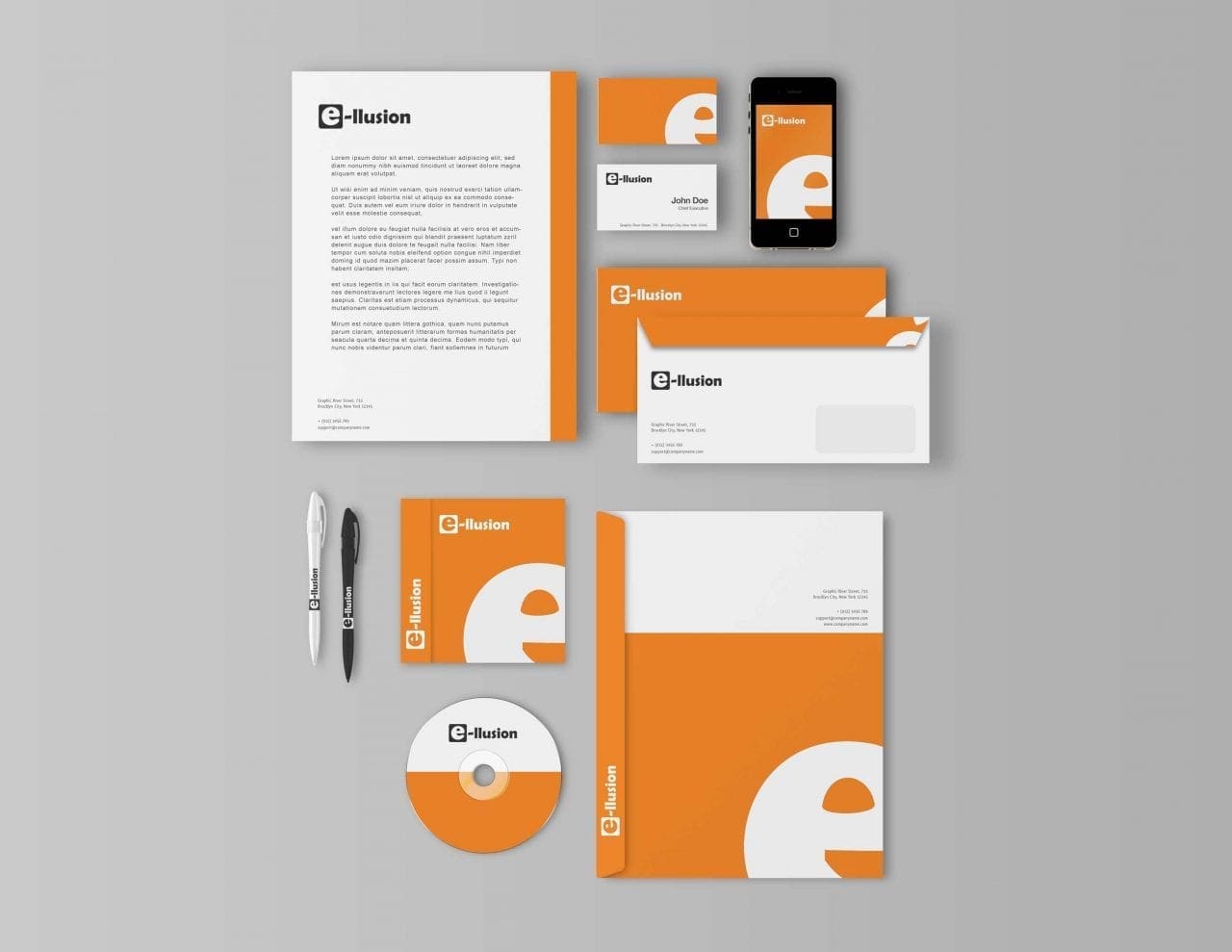Since the days of yore (back when MySpace reigned supreme), social media has been used as one thing above all else: a really great time waster. The reason social media exploded into being an integral part of our daily routines was because it entertained us. It allowed us to fill the gaps between our facetime by simulating it, and it was fun. Facebook came along as the MySpace reincarnate, and then Twitter gave us all the means to hear straight from the mouth of pop culture (I’m lookin’ at you, Bieber). Now, this isn’t to say that the “fun” social megdia platforms haven’t become more informational (see Facebook’s 2014 baby “What’s Trending”), so not every post or tweet needs to be witty or make your audience “LOL.”
But it still holds true that you’re more likely to scroll down to the video that “John and 3 other friends” shared of that cat pawing the keyboard (yes, almost 36 million of us watched this) than to read the mostly informative articles listed over there on the right hand side. So now my question is, why are so many brands struggling to grasp the very concept upon which social media was founded?
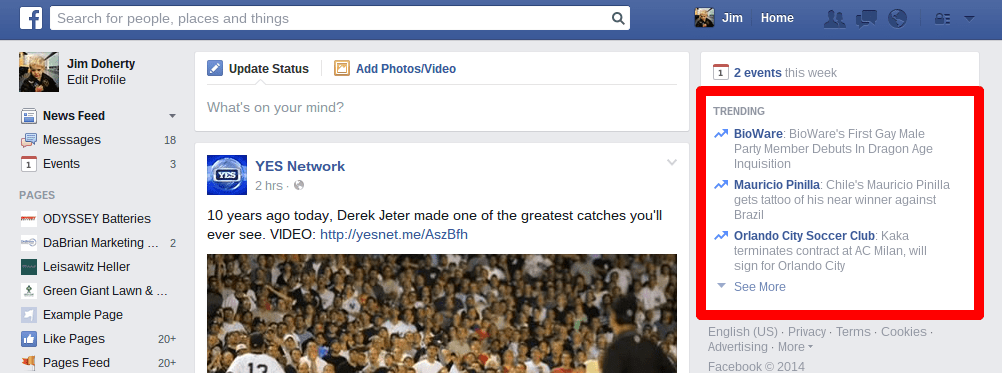
What Brands Are Doing
How is it possible to take a world-renowned brand of liquor coupled with a new flavor that resonates with a younger audience, and make it boring? Well, the folks behind Jack Daniel’s Tennessee Honey’s @JackHoney have found the answer. Instead of socializing with the fun-seeking young people who love their product, they have chosen to push a steady stream of advertisements driven by a less-than-stellar hashtag:



Listen, Jack. I respect you. I may even love you. But this incessant self-promotion misses the point. I beg you to take a look at Hootsuite’s all-powerful Rule of Thirds. Only ⅓ of your content should shamelessly promote your business. Throughout May 2014, that number was over 88% for @JackHoney. Not to mention, not a single tweet was sent as a direct interaction with your audience. You were tweeted at nearly 350 times in the month of May, yet you responded to none of those who took the time to try to connect with you.
If you’ve managed to pull yourself away from the feline-driven noise in the digital space, you’re probably aware that food and beverage conglomerate, Nestlé, has come under fire for their production tactics. This has led to some serious blowback from consumers through their social profiles.
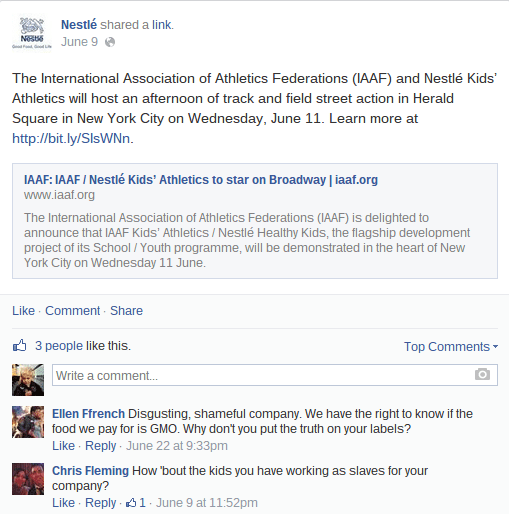
When you receive interaction from your followers, you have two options. You can either respond, or you can ignore it. A Crisis Management Strategy (to handle situations like this) should always be on hand to aid in the formation of a response, but in Nestlé’s case, they have taken the opposite route. They have chosen to not respond at all, leaving consumers with nothing but a public forum to berate them, rightfully so or not. The criticism that has plagued their Facebook since February is showing no sign of cease-fire.
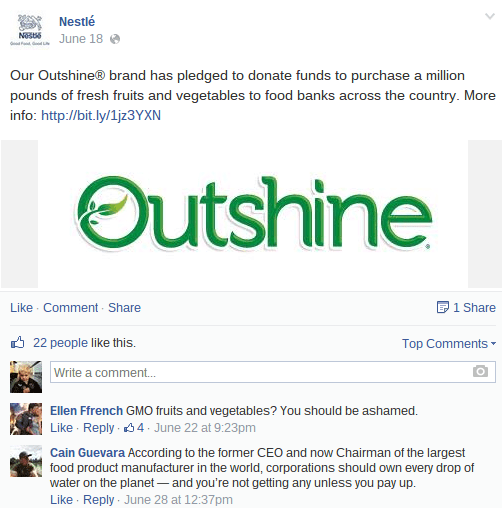
My point is, Nestlé, if you choose to continue to ignore these consumer complaints (as delicate as the situation may be), then you may wish to consider jumping ship and removing your social media profiles altogether. Social media is intended to initiate/facilitate a conversation, and if your profile resembles the likes of pissedconsumer.com with your refusal to join the conversation, then it’s time to call it quits. It’s called SOCIAL media, Nestle.
What Brands Should Be Doing
Taking Risks
Talking smack on an NFL team, particularly during the Super Bowl, certainly qualifies as a risk. But when handled with a brand-consistent message (and a little bit of playful humor), that risk becomes a reward pretty quickly:

Developing a Personality
Regardless of the nature of your brand’s personality (humorous, sincere, informative, etc.) it’s something that needs to be established. Perhaps the most prominent way of accomplishing this is to speak in first person. There may not be a more widespread consumer complaint in the 21st century than talking to a computer. Charmin is a prime example of how humanizing your brand (tastefully) with a consistent brand voice is a key to social success:
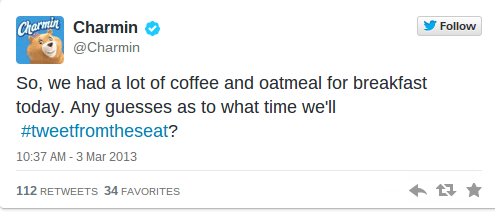
And (Shocker) Being SOCIAL
Similar to the class clown in high school, outlandish seems to resonate with us on social media. Just ask the folks at Skittles. They are widely praised for their use of social because of their unique witticism and their sarcastic interaction with consumers. Something as simple as retweeting them could warrant a response:

Perhaps the best lesson to learn from Skittles is that they don’t overcomplicate things. They promote their brand in multiple ways, but they also talk to people (what a concept!). Tell me that @Idk_ImMegan didn’t just become a Skittles fan for life. Bravo, Skittles.
Social media presents brands and consumers with the remarkable opportunity to interact with one another on a level we hadn’t experienced before. Once marketing teams understand that this interaction is a two-way street, their brand’s unique personality can shine through. And once that happens, their customers will definitely take notice. After all, it’s called SOCIAL media for a reason.
